Merry Christmas & Happy New Year!
Christmas Deliveries: If you placed an order on or before midday on Friday 19th December for Christmas delivery it was despatched before the Royal Mail or Parcel Force deadline and therefore should be received in time for Christmas. Orders placed after midday on Friday 19th December will be delivered in the New Year.
Please Note: Our offices and factory are now closed until Monday 5th January when we will be pleased to deal with any queries that have arisen during the holiday period.
During the holiday our Gift Cards may still be ordered for any last minute orders and will be sent automatically by email direct to your recipient - see here: Gift Cards
Newark On Trent, Cemetery Avenue 1904
Photo ref:
51745


More about this scene
There exists at least one account that states that the plague reached Newark in the summer of 1665, said to have been brought to the town in contaminated patterns of woollen cloths delivered to a draper in the market place. Burials were forbidden within the town, and a plague pit was opened at the southern end of Millgate near the bridge over the Devon. Writing in 1879, Cornelius Brown said that he could find no evidence to support the plague story; church records showed no unusual increase in the number of recorded deaths, and that the inhabitants of Newark were in fact sending financial aid to infected areas.
Add to Album
You must be signed in to save to an album
Sign inShare This Photo
Buy a Print
Unframed, Mounted, Framed and Canvas prints in a range of sizes and styles.
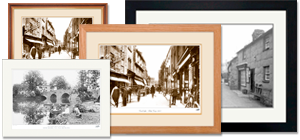
View Sizes & Prices
A Selection of Memories from Newark-on-Trent
For many years now, we've been inviting visitors to our website to add their own memories to share their experiences of life as it was, prompted by the photographs in our archive. Here are some from Newark-on-Trent
Sparked a Memory for you?
If this has sparked a memory, why not share it here?

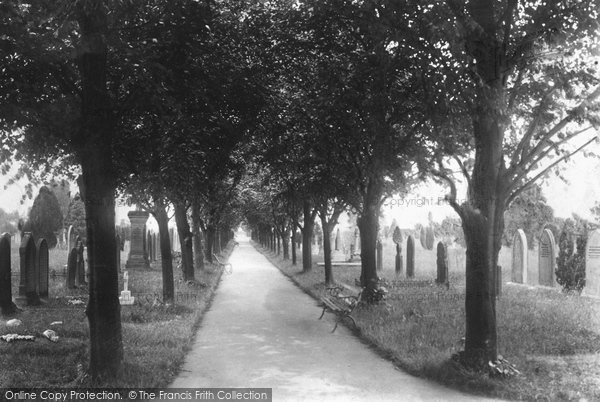
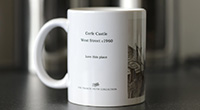
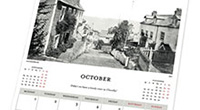
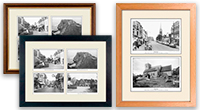
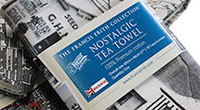


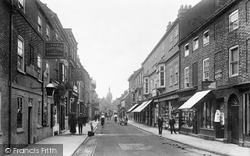
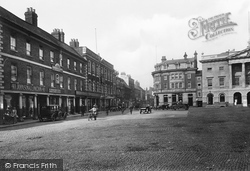
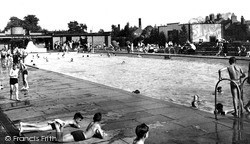
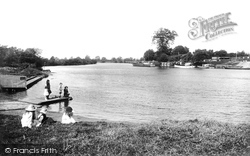
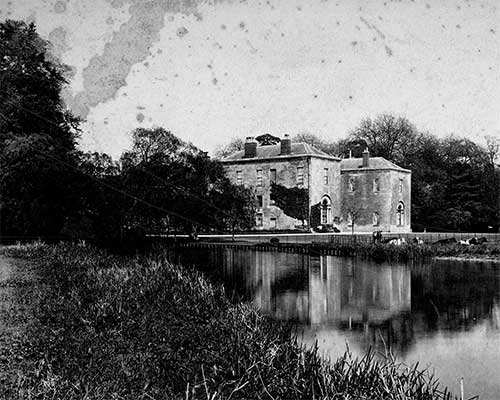 Before
Before
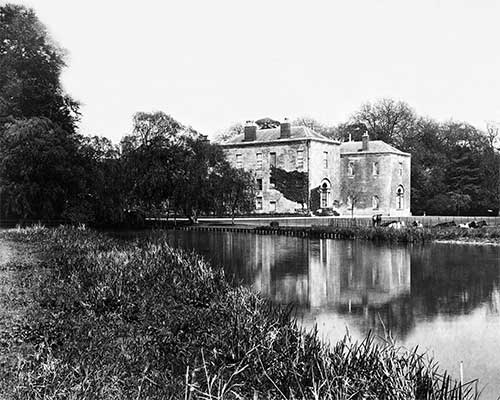 After
After